
Japan and Japanese - THE PARTICLE よ yo It's used to emphasize new information, or to stress an order, prohibition or invitation. よ is not usually translated, but it's similar

Nonbiri Japanese Miyamon on Twitter: "〜ね / 〜よ particle 🇯🇵👆 Subscribe to my YouTube channel for more explanations 😉 #wordsinjapanese #words #learnjapanese #studyjapanese #miyamon #nonbirijapanese #suuji #ne #yo #nihongo #jaarimasen #desu #asoko #



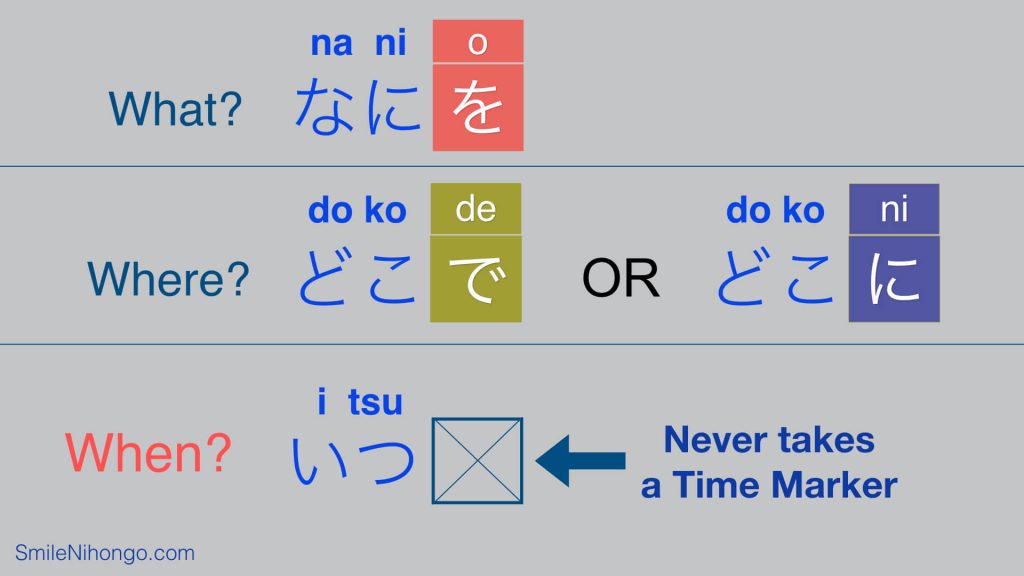

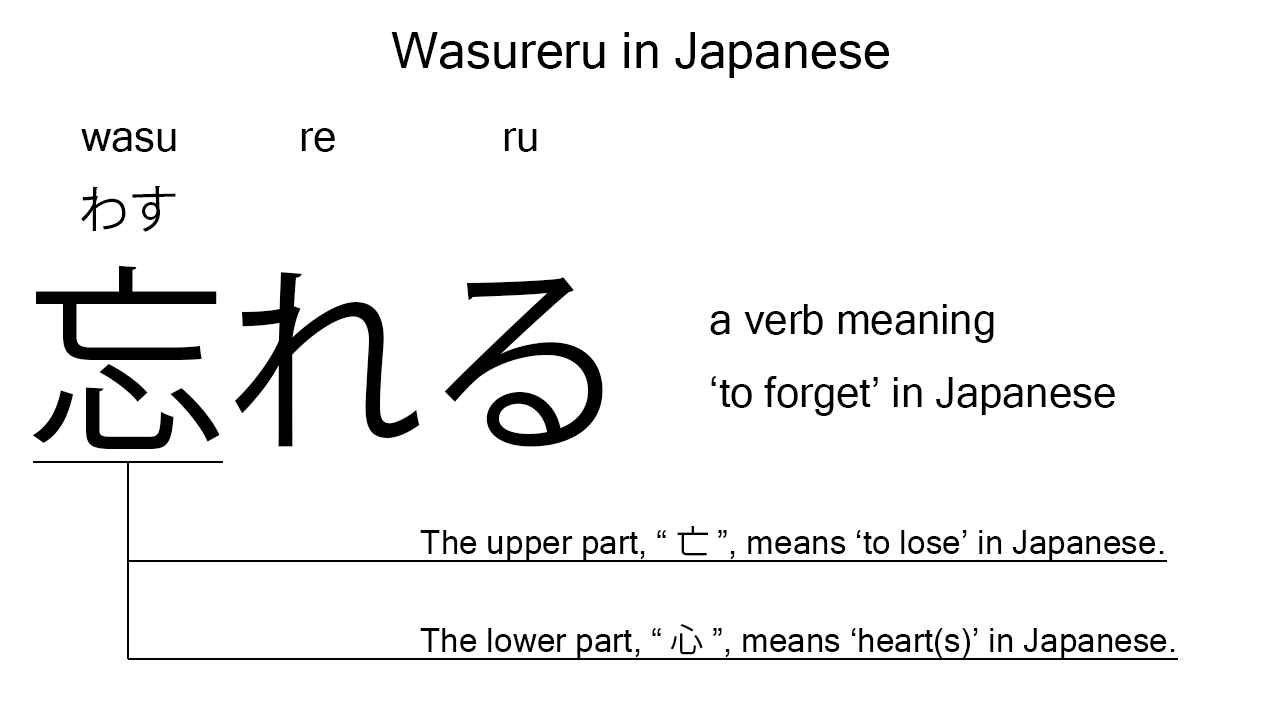

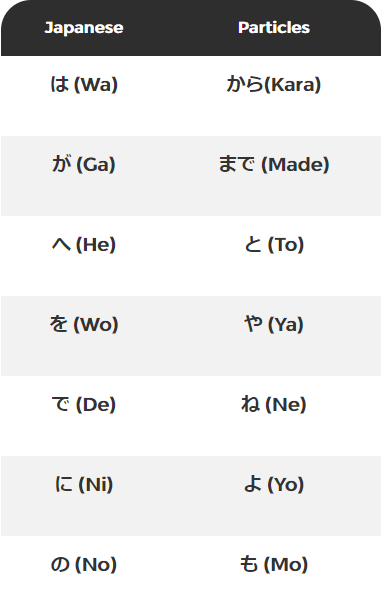

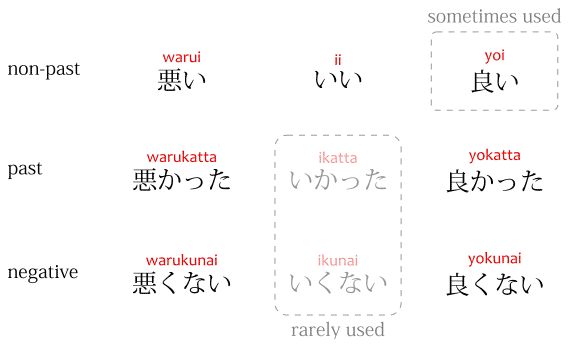


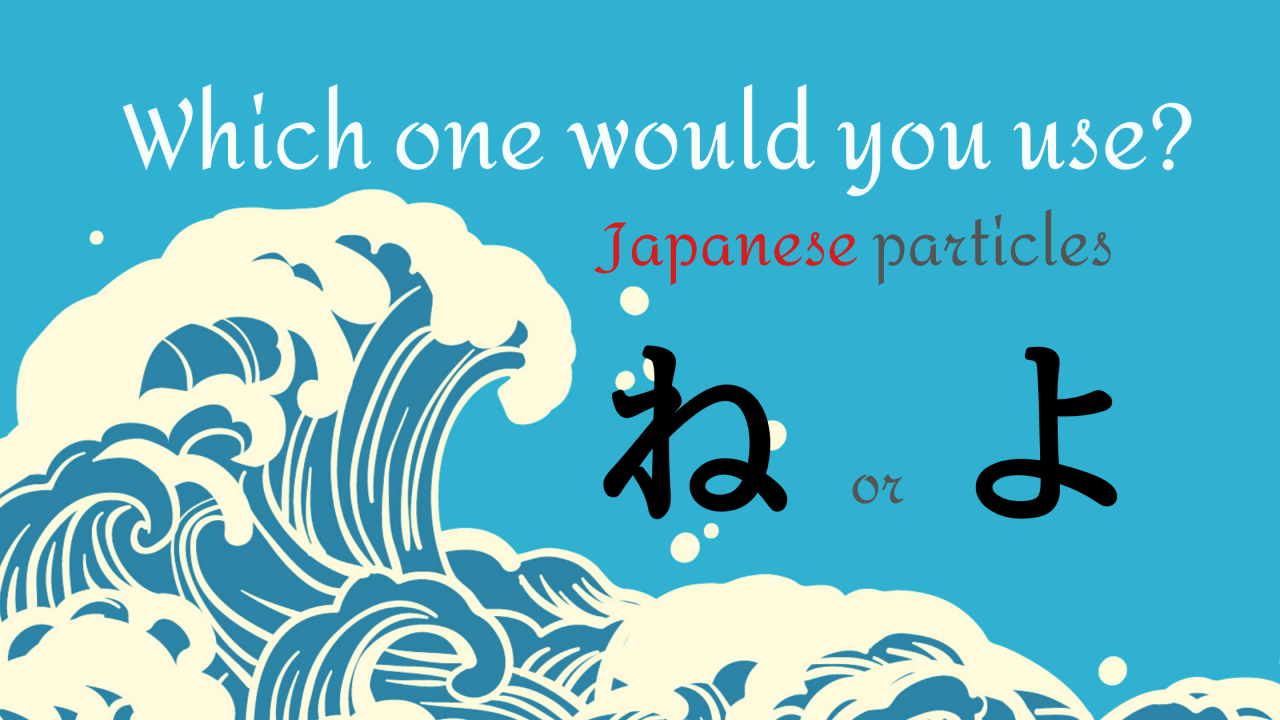





![Summary] 12 Most frequently used Japanese Particles Perfect Guide Summary] 12 Most frequently used Japanese Particles Perfect Guide](https://bondlingo.tv/blog/wp-content/uploads/2019/06/MaterialTextbook-1-2.png)



